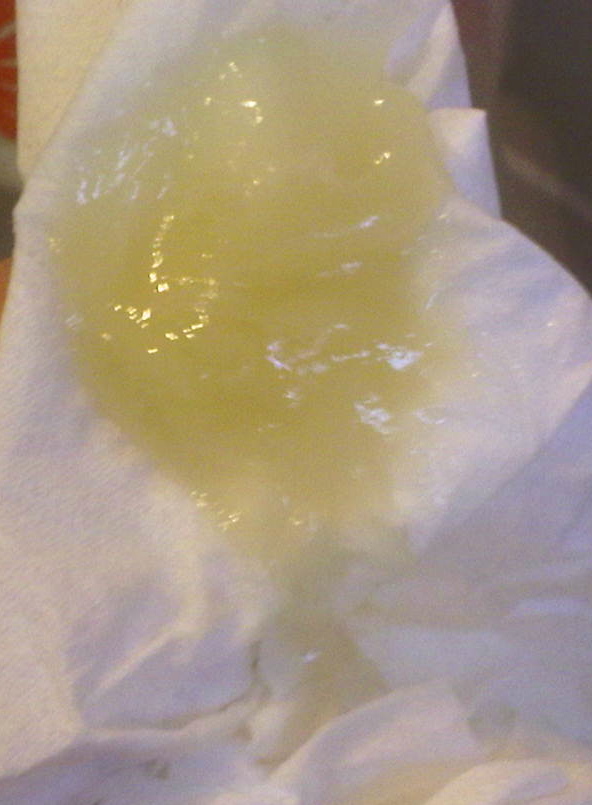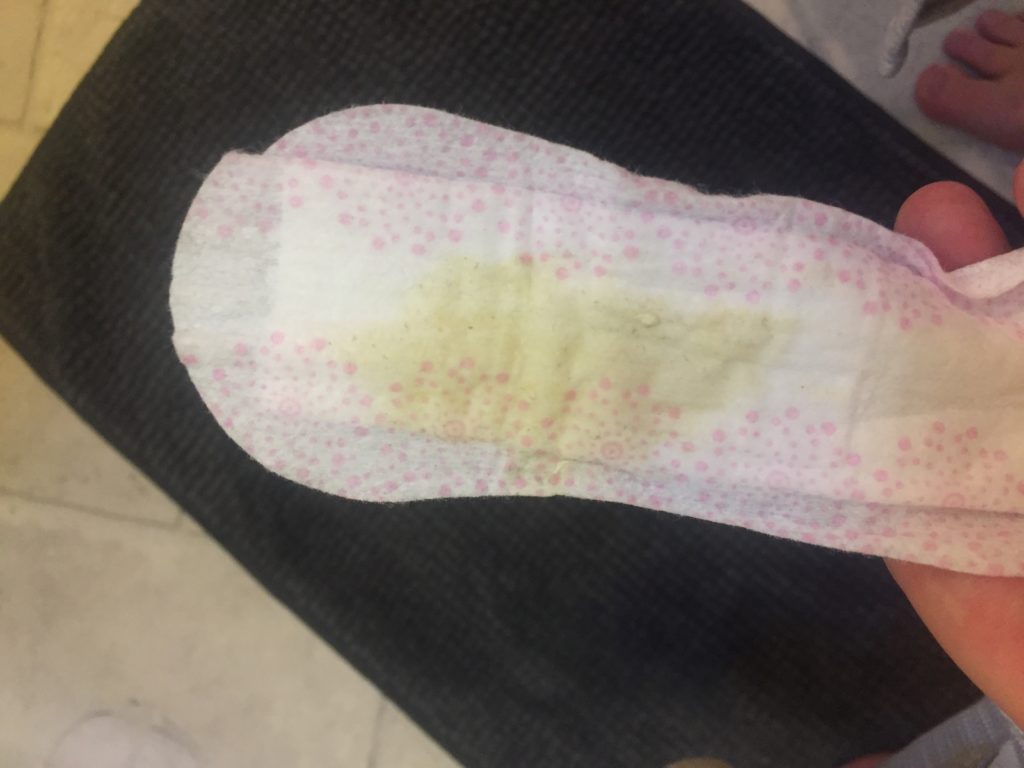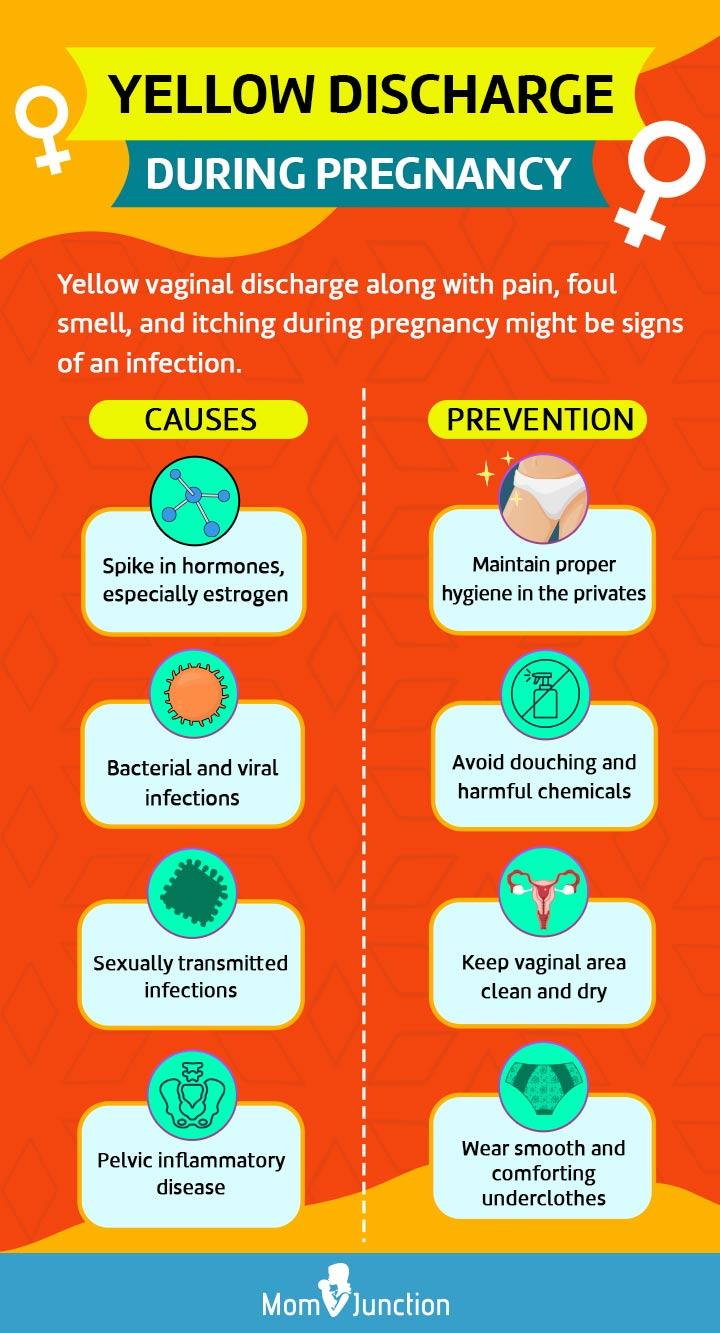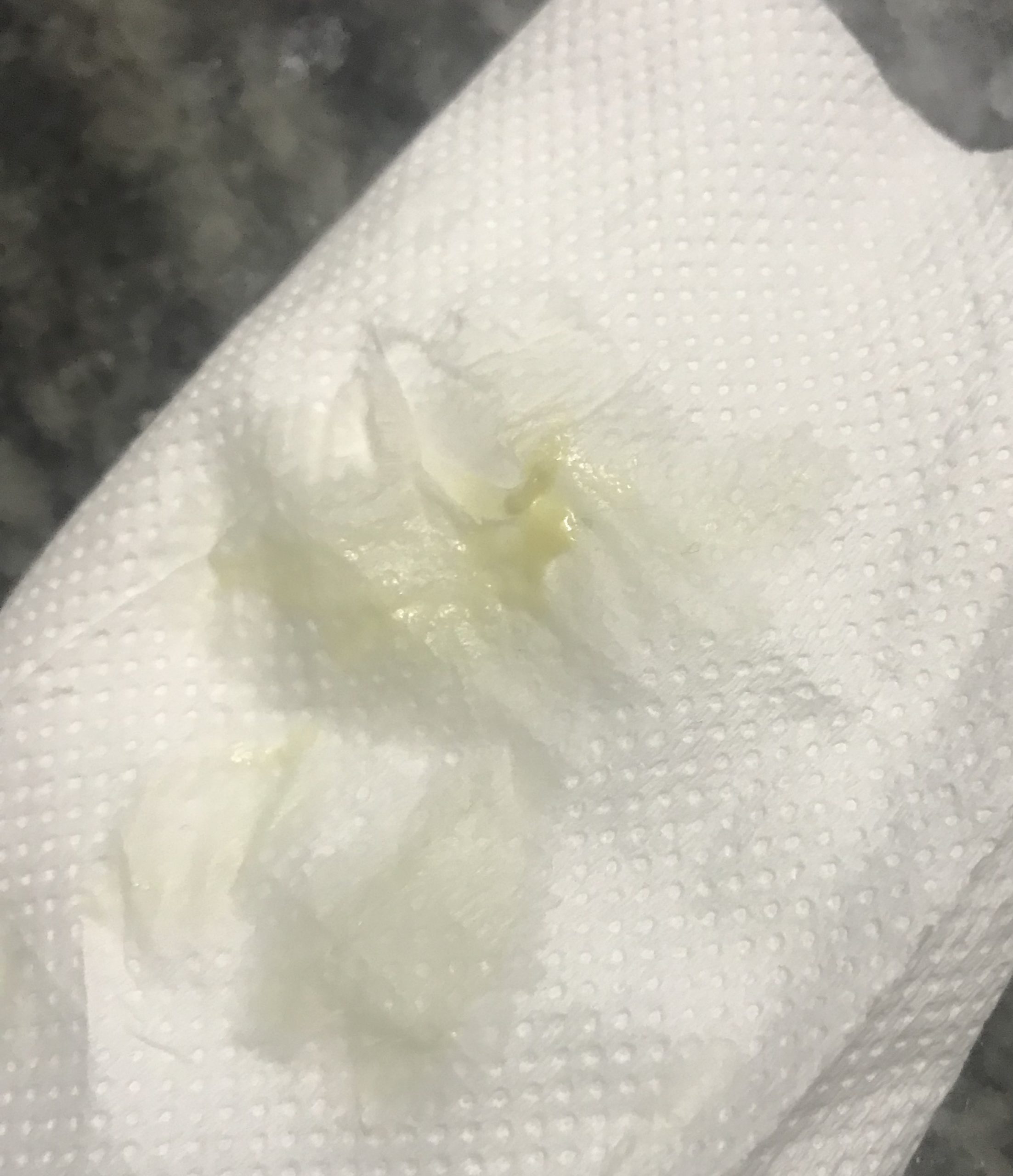Pale Yellow Mucus Discharge Early Pregnancy
Pale Yellow Mucus Discharge Early Pregnancy - Yellow discharge during pregnancy can be a symptom of a yeast infection, sexually transmitted infection (sti), or bacterial. In early pregnancy, the increase in hormones, particularly estrogen, can cause the cervical mucus to become yellowish or pale.
Yellow discharge during pregnancy can be a symptom of a yeast infection, sexually transmitted infection (sti), or bacterial. In early pregnancy, the increase in hormones, particularly estrogen, can cause the cervical mucus to become yellowish or pale.
In early pregnancy, the increase in hormones, particularly estrogen, can cause the cervical mucus to become yellowish or pale. Yellow discharge during pregnancy can be a symptom of a yeast infection, sexually transmitted infection (sti), or bacterial.
Yellow Discharge During Pregnancy
Yellow discharge during pregnancy can be a symptom of a yeast infection, sexually transmitted infection (sti), or bacterial. In early pregnancy, the increase in hormones, particularly estrogen, can cause the cervical mucus to become yellowish or pale.
Yellow Discharge during Pregnancy Archives Healthpulls
Yellow discharge during pregnancy can be a symptom of a yeast infection, sexually transmitted infection (sti), or bacterial. In early pregnancy, the increase in hormones, particularly estrogen, can cause the cervical mucus to become yellowish or pale.
4 Solid Causes and Home Tips of Yellow Discharge Pregnancy
In early pregnancy, the increase in hormones, particularly estrogen, can cause the cervical mucus to become yellowish or pale. Yellow discharge during pregnancy can be a symptom of a yeast infection, sexually transmitted infection (sti), or bacterial.
Yellow Discharge During Pregnancy Causes And Treatment
Yellow discharge during pregnancy can be a symptom of a yeast infection, sexually transmitted infection (sti), or bacterial. In early pregnancy, the increase in hormones, particularly estrogen, can cause the cervical mucus to become yellowish or pale.
Yellow Discharge Early Pregnancy
Yellow discharge during pregnancy can be a symptom of a yeast infection, sexually transmitted infection (sti), or bacterial. In early pregnancy, the increase in hormones, particularly estrogen, can cause the cervical mucus to become yellowish or pale.
Yellow Discharge During Pregnancy What to Know
Yellow discharge during pregnancy can be a symptom of a yeast infection, sexually transmitted infection (sti), or bacterial. In early pregnancy, the increase in hormones, particularly estrogen, can cause the cervical mucus to become yellowish or pale.
Watery Discharge Sign Of Pregnancy Cervical Mucus An NBKomputer
Yellow discharge during pregnancy can be a symptom of a yeast infection, sexually transmitted infection (sti), or bacterial. In early pregnancy, the increase in hormones, particularly estrogen, can cause the cervical mucus to become yellowish or pale.
Early mucus plug pregnancy sekasight
Yellow discharge during pregnancy can be a symptom of a yeast infection, sexually transmitted infection (sti), or bacterial. In early pregnancy, the increase in hormones, particularly estrogen, can cause the cervical mucus to become yellowish or pale.
Is Pale Yellow Discharge Normal In Pregnancy?
Yellow discharge during pregnancy can be a symptom of a yeast infection, sexually transmitted infection (sti), or bacterial. In early pregnancy, the increase in hormones, particularly estrogen, can cause the cervical mucus to become yellowish or pale.
4 Solid Causes and Home Tips of Yellow Discharge Pregnancy
In early pregnancy, the increase in hormones, particularly estrogen, can cause the cervical mucus to become yellowish or pale. Yellow discharge during pregnancy can be a symptom of a yeast infection, sexually transmitted infection (sti), or bacterial.
In Early Pregnancy, The Increase In Hormones, Particularly Estrogen, Can Cause The Cervical Mucus To Become Yellowish Or Pale.
Yellow discharge during pregnancy can be a symptom of a yeast infection, sexually transmitted infection (sti), or bacterial.





:max_bytes(150000):strip_icc()/VWH_Illustration_A-Guide-to-Discharge-Color-During-Pregnancy_Illustrator_Katie-Kerpel_Final-c2f81059281e443f9f3b6bf19229a7bb.jpg)



